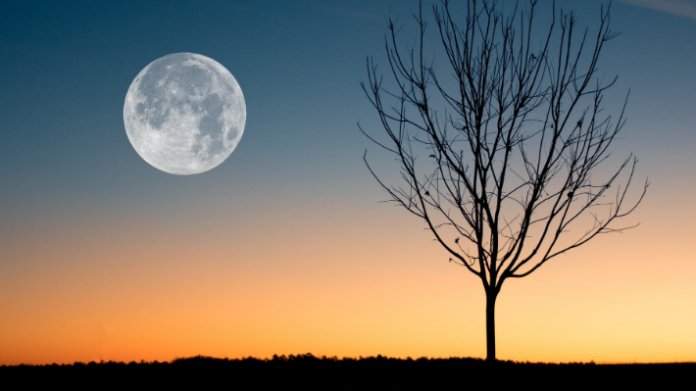Every child, at some point in their life, notices the moon. As adults, we probably tend to ignore it. But for children, the wonder is just being awakened.
For some kids, its a phase. For others, it may be the beginning of a life long love of astronomy.
If you know very little about astronomy, the moon is a very easy place to start. Here’s some ideas to help you explore the moon with your children.
First, learn the moon phases.
You can buy or download calendars with the moon phases. Numerous websites can also give you that information.
This will help you know where the moon might be on any given day. It will also help you explain to your child how the moon changes over the course of the month.
Your child will probably enjoy comparing their observations to the calendar. When you begin, try and catch the full, first quarter, and third quarter moons.
Next, start a sketch book.
Every few days, find the moon and start drawing what you see. Now that you know the basics of the lunar phases, start filling in the details.
Notice the darker areas and sketch them in. Add the date, time, and lunar phase to your drawings. Try and sketch the moon during daytime and early morning hours as well. The different sky conditions will change the details you can seen on the moon’s surface.
This is also a good time to start looking at the moon through binoculars or a small telescope. Anything will work, and sometimes the lower power telescopes or binoculars are easier to use.
If you have young children, stick to binoculars. They can use them without your help. At this point, the best views are crescent moons, since the full and gibbous moons are very bright. Add more details to your drawings.
Now you’re ready for a map of the moon. You can find them online, or at the library. When you begin, use the simplest maps you can find.
Start learning the major craters, and compare them to your previous drawings. Using binoculars or a small telescope, look for specific features of the moon. Even young children can easily find the larger craters.
Finally, add star maps.
By now, you have a good understanding of lunar phases and lunar geography. Now, in your sketches, add background stars. You can compare them to star maps, and start learning your way around the nighttime sky.
For more information and activities, visit the NASA website for kids: spaceplace.nasa.gov

